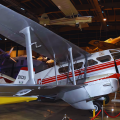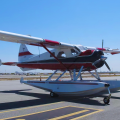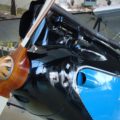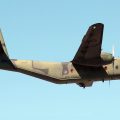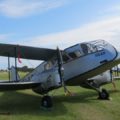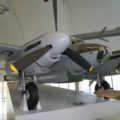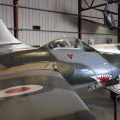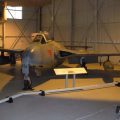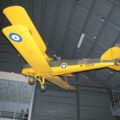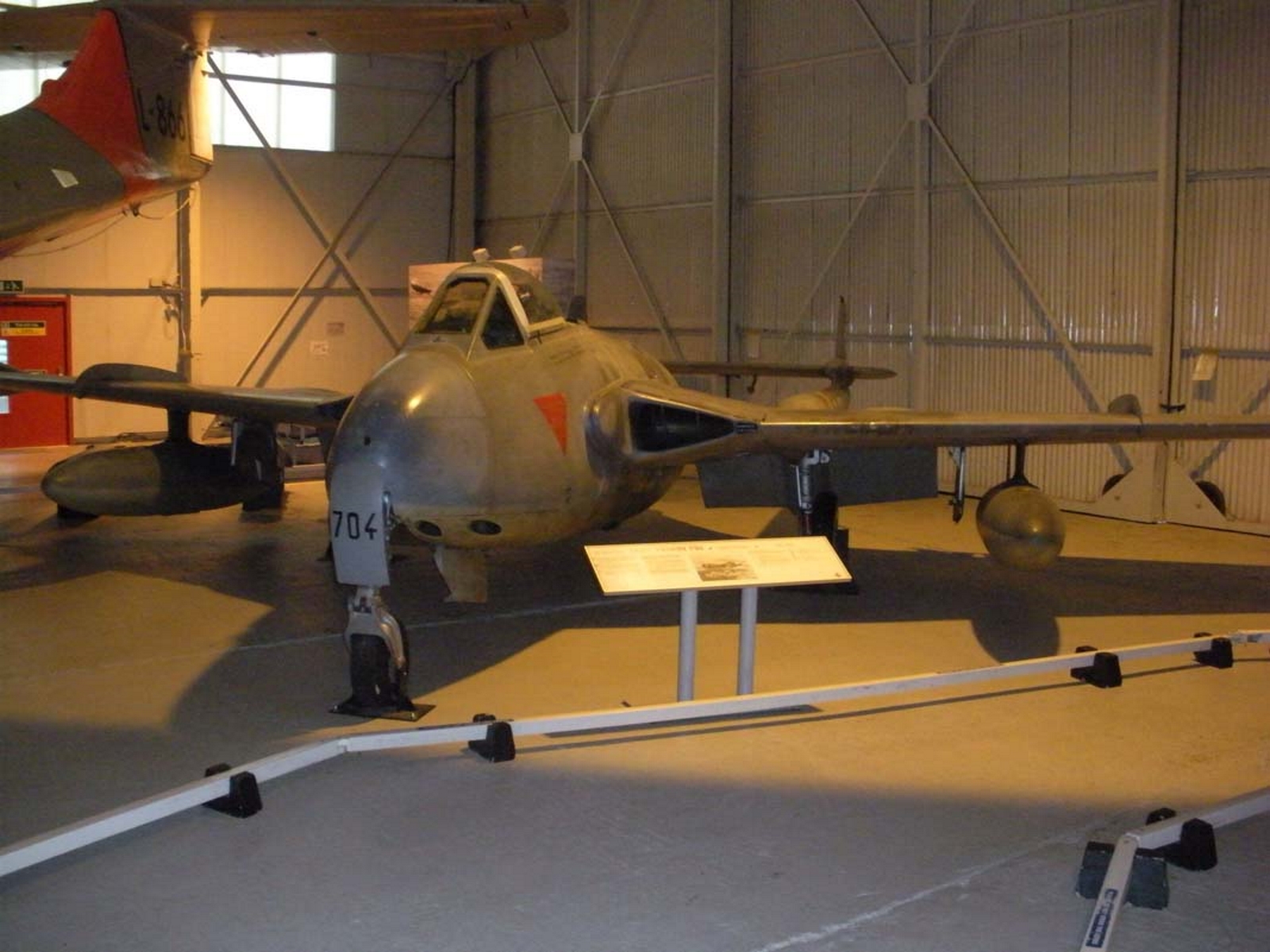
ντε Χάβιλαντ DH112 Δηλητήριο | |
| Χώρα | Ηνωμένο βασίλειο |
| Πληκτρολογήστε | Μονοκινητήριο τζετ |
| Φωτογραφία | Ράντι Ρέι |
| Εντοπίστε | Μουσείο Βασιλικής Πολεμικής Αεροπορίας Cosford, Ηνωμένο Βασίλειο |
| Περιγραφή | Άλμπουμ του 20 φωτογραφίες με τα πόδια από το «ντε Χάβιλαντ DH112 Δηλητήριο» |
Συλλογή φωτογραφιών ενός ντε Χάβιλαντ DH112 Δηλητήριο, The de Havilland DH 112 Venom was a British postwar single-engined jet aircraft developed from the de Havilland Vampire. It served with the Royal Air Force as a single-seat fighter-bomber and two-seat night fighter. The Venom was an interim between the first generation of British jet fighters – straight-wing aircraft powered by centrifugal flow engines such as the Gloster Meteor and the Vampire and later swept wing, axial flow-engined designs such as the Hawker Hunter and de Havilland Sea Vixen. The Venom was successfully exported, and saw service with Iraq, New Zealand, Sweden, Switzerland and Venezuela. The Sea Venom was a navalised version for carrier operation.
Σχετικά κιτ:
Βρείτε κιτ στο eBay:
Δείτε επίσης:
Teh ντε Χάβιλαντ DH112 Δηλητήριο was a British post-war single-engined jet aircraft developed and manufactured by the de Havilland Aircraft Company. It was derived from the de Havilland Vampire, and was a fighter-bomber and night fighter that served with the Royal Air Force (RAF) and the Royal Navy (RN). The Venom was also exported to several countries, including Switzerland, Iraq, Sweden and Venezuela.
The Venom was designed as a replacement for the Vampire, with improved performance and handling. It featured a thinner wing with leading-edge sweepback, a more powerful de Havilland Ghost turbojet engine, and a redesigned tail unit. The Venom first flew in September 1949, and entered service with the RAF in 1952. It was used in various roles, such as ground attack, interception, reconnaissance and training. The Venom saw combat during the Suez Crisis in 1956, the Malayan Emergency in the late 1950s, and the Aden Emergency in the early 1960s.
Teh Venom was also adapted for naval use as the Sea Venom, which had folding wings, an arrestor hook and a strengthened undercarriage. The Sea Venom operated from the aircraft carriers of the RN and the Royal Australian Navy (RAN), and was used for anti-shipping and anti-submarine missions. The Sea Venom also participated in the Suez Crisis and the Malayan Emergency.
The Venom was retired from RAF service in 1962, and from RN service in 1965. It was replaced by more advanced jet aircraft such as the Hawker Hunter and the de Havilland Sea Vixen. The Venom continued to serve with some foreign air forces until the 1980s. The Venom was regarded as a successful and versatile aircraft that performed well in various climates and conditions.
Θεάσεις : 682


